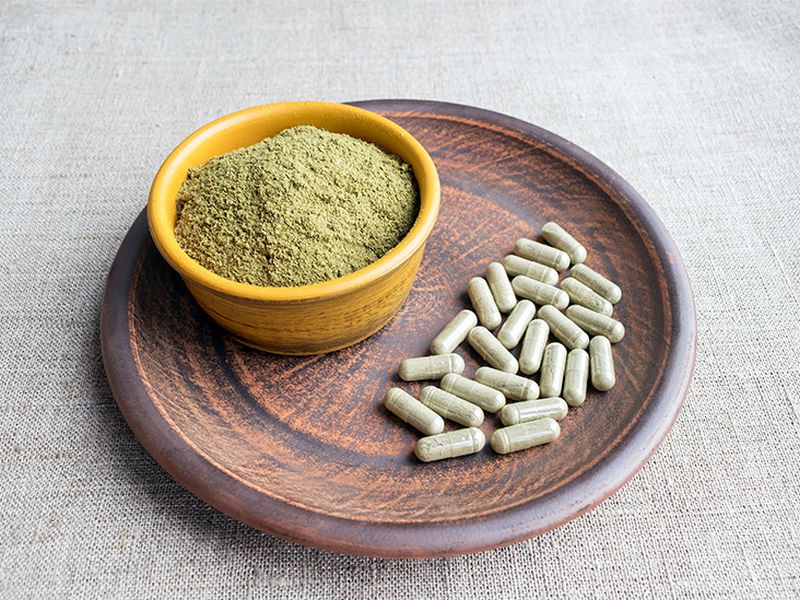Since the rise of Kratom throughout the West, it is easy to find a lot of information about this plant, even in Spanish. But much of it is scattered, incomplete or contradictory. Many of the entries in this blog are aimed at people with previous knowledge in this field or in pharmacology, so now it is time to create a post aimed at those curious people who wonder what is Kratom.
What is Kratom?
The name Kratom is how the plant Mitragyna Speciosa is known in much of the world. This plant, which originated in Southeast Asia, has been recently introduced in the West during the last decade, including Spain, and its cultivation in our climate is very difficult, so Western consumers export the dried leaves.
This plant has been used for centuries in the regions where it grows for its psychoactive properties. The active principles are alkaloids derived from indol, an organic compound found in nature that promotes the skeleton of many compounds, such as serotonin in our brain.
The leaves are the part of the plant that is consumed, the best plants are those with more than 10 years old, which can contain up to 0.5% of alkaloids in weight. Most of these alkaloids have been identified and characterized, but as this is a post for beginners and curious people, who have interest to take a look here (in English) and through our blog.
How is it consumed?
The ethnobotanical use of this plant, most common in the areas where it grows, is to chew the fresh leaves. In Spain we do not have fresh leaves, so the most common thing is to drink a Kratom tea.

Preparation of a Kratom tea
Preparing a good Kratom tea has no greater mystery, here we explain it step by step:
- Choose your favorite variety, according to taste or occasion.
- Weigh your dose: 2-3 grams is a good dose to start with, 5-8 grams is already a standard dose to discover all its effects and 10 grams or more is strong. We never recommend exceeding 15 grams.
- Put a pan of water to boil. Avoid using tap water if there is a lot of lime in your area. The amount of water to be boiled ranges from 1 to almost 2 glasses (250 to 400 mL). We recommend a little more than 1 glass if the dose is large (10 grams or more). The more concentrated the tea is, the worse its taste will be.
- When the water breaks to boil, add the previously weighed Kratom. Stir it little by little. Every time the water breaks to boil, it is convenient to lower the heat a little, because the tea tends to rise.
- Stir and leave at medium heat for 10 minutes maximum, since heat degrades mitragynine, especially in acidic pH. Many websites recommend adding a little lemon juice: this helps to extract the alkaloids a little better, but it makes the taste much worse! So we leave it at the disposal of each one.
- When the tea is ready, it is time to filter it. A coffee filter is enough. We can pass some cold water over the remains of Kratom that have been left in the filter to drag some more alkaloids, until the glass or bowl from which we will drink the tea is full.
- Add sugar or other sweetener to taste.
- Let it cool down a bit, and you can see yourself drinking it little by little, in the course of about 30 minutes. Kratom usually tastes bad, although many of our varieties are very passable because the leaves are crushed without veins and other hard parts, which give it a very bitter taste.
- Enjoy!
Is it better to consume leaves, resin or extract?
At KationicKratom we only recommend the use of Kratom leaves. Not only for its proven effectiveness and for being the best for your pocket. Good extracts are not recommended for beginners: the tolerance increases very quickly, apart from being expensive.
Kratom resin is an extract made with water. You can make your own resin by boiling a considerable amount of Kratom until it becomes a black paste. The advantage of the resin is that it occupies less volume than the leaves, something to consider if you work with large quantities.
Kindly click here to get more important information.

